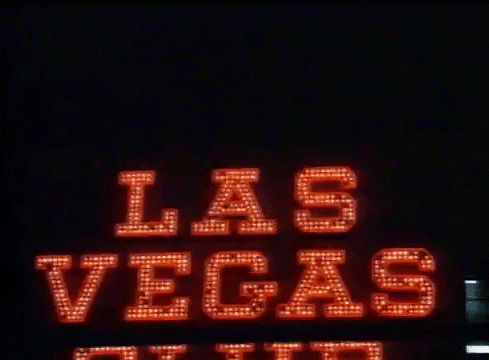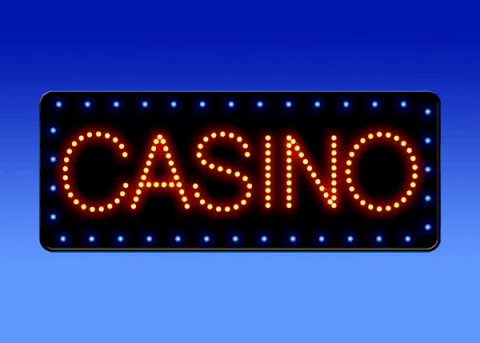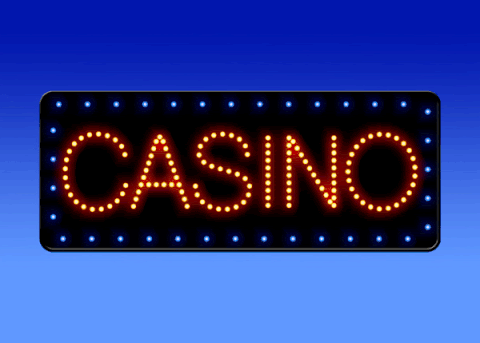
Sin City Las Vegas: A Glimpse into the Early Years and the Rise of the Mobsters
Las Vegas, famously known as Sin City, is a world-renowned hub for gambling, entertainment, and, historically, its ties to organized crime. This 2000-word article delves into the early years of Las Vegas, exploring its transformation from a desert stopover to a glittering mecca of vice and the crucial role played by notorious mobsters in shaping its identity.
The Birth of Las Vegas
Las Vegas' story began in 1905 when it was established as a railroad town, serving as a popular stopover on the Union Pacific Railroad. Initially, it was merely a cluster of buildings in the middle of the desert. However, the legalization of gambling in Nevada in 1931 set the stage for its transformation. The city's first casinos and showgirl venues soon appeared, drawing visitors with the allure of legal gambling and adult entertainment.
The Emergence of the Mob Influence
In the 1940s and 1950s, Las Vegas began to see the influence of organized crime. The city's lax attitude towards gambling and its burgeoning casino industry attracted figures from organized crime syndicates, primarily from the East Coast. These mobsters saw the potential of Las Vegas as a lucrative venture and began investing in and operating various casinos.
Key Figures and Casinos
One of the most prominent figures in the early Las Vegas mob scene was Bugsy Siegel, a notorious gangster. Siegel was instrumental in the development of the Flamingo, one of the first major casinos and hotel resorts on what would become the Las Vegas Strip. Despite his initial struggles and the infamous mismanagement of funds, the Flamingo eventually turned a profit, but Siegel’s time was cut short due to his assassination in 1947, which many believe was linked to his mob ties and the financial issues surrounding the Flamingo.
Other significant mobsters included Meyer Lansky, known as the "Mob's Accountant," and Tony 'The Ant' Spilotro, a feared enforcer whose ruthless tactics ensured the smooth flow of money from the casinos to the mob. Their operations extended beyond casinos into other ventures that epitomized the 'Sin City' elements, such as loan sharking, illegal betting, and a network of underground activities.
The Development of the Strip
The Las Vegas Strip, now iconic for its dazzling array of casinos and entertainment venues, started to take shape during this time. The involvement of the mob in the construction and operation of these casinos cannot be understated. They provided the necessary capital and muscle to build and protect these establishments.
The Impact of the Mob on Las Vegas Culture
The mob’s influence on Las Vegas extended beyond just economic investment. They shaped the city's culture and identity. The idea of Las Vegas as 'Sin City' was in part due to the mob's involvement in various illicit activities that became synonymous with the city's image. Gambling, showgirls, and a laissez-faire attitude towards vice contributed to the allure and mystique of Las Vegas.
The Struggle for Control
While the mob had a significant grip on Las Vegas, there was always a struggle for control. Infighting among different mob factions, along with law enforcement's efforts to rid the city of organized crime, led to a turbulent and often violent history. This period saw several high-profile murders, skirmishes between rival groups, and constant scrutiny from law enforcement agencies.
The Clean-up of Las Vegas
By the 1960s and 1970s, the state and federal government began to make concerted efforts to rid Las Vegas of mob influence. The introduction of corporate investment into the casino industry, along with stricter regulation and oversight, slowly diminished the mob's grip on the city. Figures like Howard Hughes played a significant role in this transition, investing heavily in Las Vegas and operating casinos without mob involvement.
Conclusion: The Legacy of the Early Years
Today, Las Vegas stands as a monument to entertainment and luxury, a far cry from its early years as a mob-run desert oasis. However, the legacy of this era is still deeply ingrained in its identity. The early years of Sin City Las Vegas, marked by mobsters, casinos, and illicit activities, laid the foundation for the city as we know it today - a place where risk and reward coexist in the neon glow of the desert.









